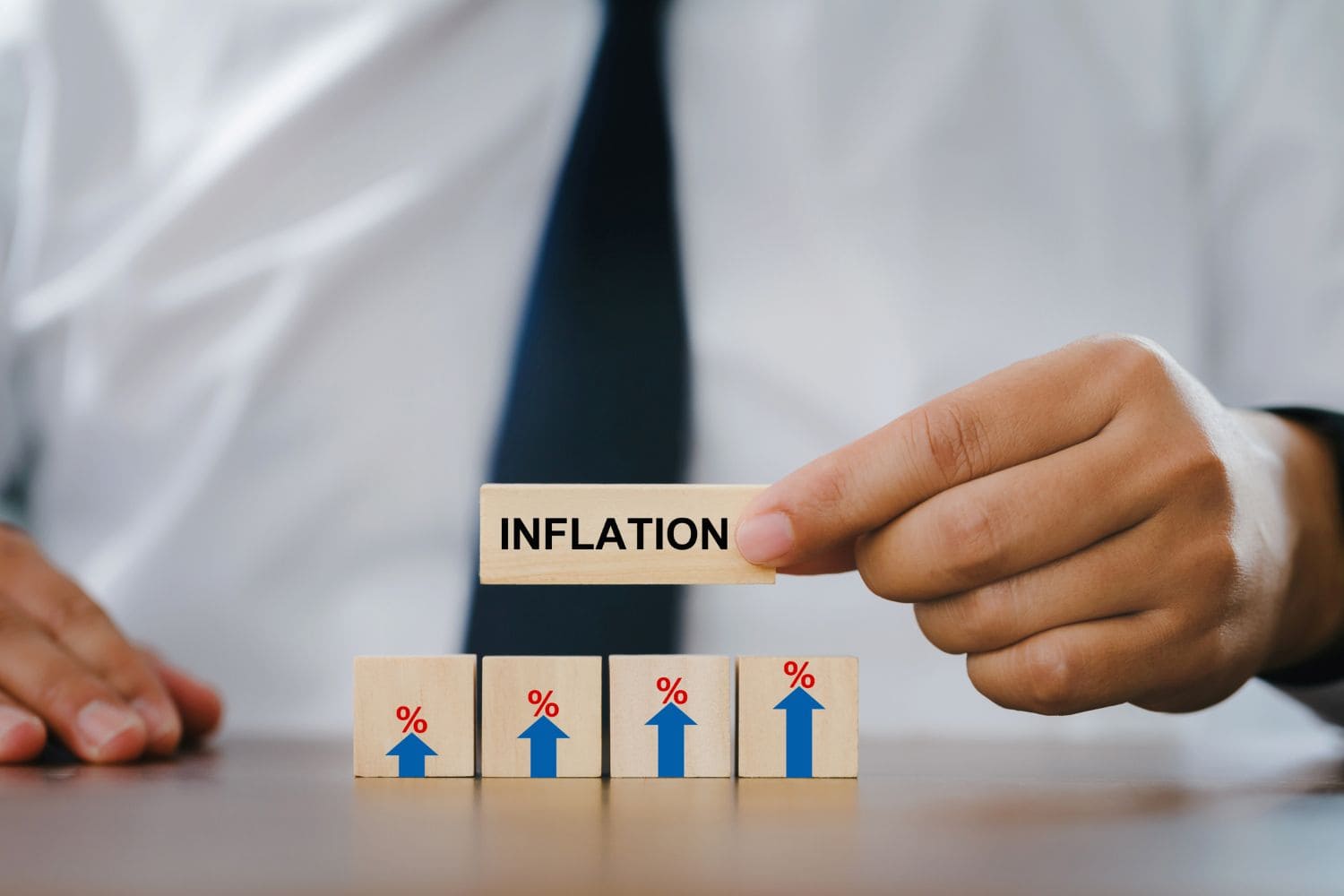The slight increase in inflation in September means that the chance of a repo rate cut and inflation targeting at 3% diminishes.

Inflation increased again in September to 3.4% from 3.3% in August, with economists saying this makes another repo rate cut in November unlikely.
Jee-A van der Linde, senior economist at Oxford Economics Africa, says the uptick in headline inflation aligns with their overall outlook for South Africa, with inflation forecast to average around 3.3% this year.
“Although the upward trend is expected to intensify modestly in the fourth quarter of 2025, headline inflation is projected to peak at just over 4% in mid-2026. The overall inflation outlook remains benign, supported by a stronger rand exchange rate and favourable international oil prices.
“Even so, we believe monetary authorities will extend a rate-cutting pause until 2027. Meanwhile, local assets have experienced strong gains this year, with the rand exchange rate (+7.4% year-to-date), benefiting from additional softness in the US dollar.”
Based on their updated forecast, Van der Linde says the rand should average R18.0/$ in 2025 and close the year at R17.3/$, while averaging R17.5/$ next year.
“While markets welcomed the South African Reserve Bank’s (Sarb) move to achieve a 3% inflation target by the end of 2027, we believe that the apex bank is unlikely to keep overall inflation anchored at that level.
“We think inflation expectations will adjust slowly towards 3%, preventing the Sarb from achieving its target by 2027. At the same time, we expect markets to remain tolerant, with inflation expected to average around 4.0% per year over the next two years, compared to 3.3% in 2025.
ALSO READ: Inflation slightly higher in September, with meat at highest rate since 2018
Inflation beat expectations, slightly increases chance of repo rate cut
Sanisha Packirisamy, chief economist at Momentum Investments, says inflation beat expectations, with the Reuters median consensus anticipating inflation to accelerate to 3.5% in September from 3.3% in August.
“The acceleration in headline and core inflation in September 2025 was expected. However, both measures came in slightly below the Sarb’s third-quarter estimates. Headline inflation averaged 3.4% in the third quarter and core inflation was 3.1%.
“This is an encouraging sign for the inflation trajectory and interest rate-cut prospects. However, inflation is still expected to trend higher in the fourth quarter. We expect the Sarb to keep the repo rate unchanged at 7% in November, with softer quarterly inflation outcomes slightly increasing the odds of a 25-basis-point cut.”
ALSO READ: Inflation surprisingly slows in August 2025
Inflation in line with MPC expectation
Reza Hendrickse, portfolio manager at PPS Investments, says the mild uptick reflects higher services and housing-related costs, partially offset by lower goods and fuel prices.
“The latest print aligns with the Sarb’s September Monetary Policy Committee (MPC) expectation that inflation would stabilise near the lower end of the 3% to 6% historic range before a modest rise toward 4% in the fourth quarter.”
She points out that the MPC noted at its last meeting that “underlying inflation remains contained near 3%” but reiterated the need to anchor inflation expectations at or below 4% before considering further easing.
“This month’s inflation print confirms that inflation indeed remains well-anchored. The environment validates the Sarb’s cautious hold stance, in contrast to market expectations that continue to price in further gradual easing into 2026. For investors, disinflation underpins a constructive outlook for interest rate sensitive assets, while bolstering the rand’s relative appeal.”
ALSO READ: Inflation expectations the lowest ever as GDP languishes
Inflation in line with FNB and market expectations
Koketso Mano, senior economist at FNB, says the inflation rate for September was in line with their expectation as well as that of the market. “Considering this latest print, we see headline inflation lifting to 0.3% on a monthly basis to 3.8% in October.
“This will reflect the hike in average fuel prices, which will push the year-on-year number out of deflationary territory. In addition, seasonal food price pressures could compound the upward pressure to headline inflation.
“However, headline inflation should remain below 4% over the next year bar any negative shocks. Inflation has remained benign this year, occasionally surprising the market to the downside. This was supported by positive base effects, weak demand and conducive import price dynamics.
“Going forward, we see oil prices remaining contained, the rand strengthening and a rise in cheaper imports of consumer goods. This will keep imported inflation subdued. Furthermore, a slow recovery in the economy suggests that a still-restrictive monetary policy should constrain demand.
“As a result, headline inflation should oscillate around the 3.5% mark, with risks tilted downward. Exacerbating this downside risk would be government’s official backing of the 3% target – verbally and through the budget process to support current efforts by the Sarb to guide inflation expectations lower.”
ALSO READ: A 3% inflation target: What it means for SA markets, and will it solve our debt issues?
Inflation to hit 4% by end of 2025, partly due to high meat prices
Busisiwe Nkonki and Johannes (Matimba) Khosa, economists at the Nedbank Group Economic Unit, say they forecast inflation to trend gradually higher around 4% by the end of the year, due to base effects and elevated meat prices.
“The persistence of foot-and-mouth disease and slow vaccination progress will keep meat prices high for longer. Even with vaccination efforts, it will take time for farmers to restore their herds to pre-outbreak levels.
“Nonetheless, the upward pressure on food prices will be contained by favourable weather conditions, which have boosted this season’s field crop harvests and softer global food prices.”
They say electricity prices are also a concern.
“Nersa’s approval of tariff hikes of 12.7% for 2025/26 and 8% for the following two years will filter through to services inflation. However, lower fuel prices will help offset the inflationary effects of rising food and electricity costs.
“Although inflation is expected to rise, it will remain relatively muted, averaging 3.3% in 2025. Thereafter, we expect inflation to increase to an average of 4% in 2026, before gradually moderating to 3.4% in 2027.”






